- HOME
- Technical Information
- TORELINA™ PPS Resin
- Various Properties
- Chemical Properties
- Chemical Resistance of TORELINA™
Chemical Resistance of TORELINA™
TORELINA™ offers excellent resistance to chemical substances such as acids, alkalis, and organic solvents. At 200℃ or below, it will not dissolve in any organic solvent. If, however, it is constantly in contact with concentrated hydrochloric acid, concentrated sulfuric acid, nitric acid, amines, or halogenated hydrocarbons at high temperatures, its properties will be adversely affected.
Ⅰ. Chemical Resistance of TORELINA™
1 Chemical Resistance (General)
The chemical resistances of glass fiber reinforced PPS (A504X90), high-filler PPS (A310MX04), and elastomer improvement PPS (A575W20) are listed in Tables. 8.1 to 8.3. TORELINA™ is excellent in terms of its chemical resistance, and it is particularly resistant to hydrocarbons such as gasoline and oil. It is thus suitable for car engine and motor peripheral parts. On the other hand, it is somewhat less resistant to acids and alkalis at high temperatures. For high-filler PPS, in particular, sufficient consideration must be given if it is in contact with nitric acid for a long period of time, regardless of the temperature.
Table. 8.1 Chemical resistance of glass fiber reinforced PPS (A504X90)
| Chemical name | Temperature (℃) |
Time (hr) |
Strength retention rate (%) |
|
|---|---|---|---|---|
| Inorganic acid | 10% sulfuric acid | 23 | 200 | 101 |
| 30% sulfuric acid | 100 | 200 | 78 | |
| Inorganic salts | 10% NaOH | 23 | 200 | 99 |
| 30% NaOH | 100 | 200 | 85 | |
| Hydrocarbons | Gasoline | 23 | 200 | 100 |
| Light oil | 80 | 200 | 100 | |
| Brake fluid | 80 | 200 | 102 | |
| Engine oil | 80 | 200 | 103 | |
| Toluene | 100 | 200 | 91 | |
| Ethane tetrachloride | 100 | 200 | 89 | |
| Mineral oil (paraffin) | 100 | 720 | 101 | |
| Mineral oil (naphthene) | 100 | 720 | 89 | |
| Alkyl substituted diphenyl ether | 100 | 720 | 98 | |
| Alcohol | Washer fluid | 23 | 200 | 101 |
| 50% LLC | 80 | 200 | 101 | |
Table. 8.2 Chemical resistance of high-filler PPS (A310MX04)
| Chemical name | Temperature (℃) |
Time (hr) |
Strength retention rate (%) |
Change rate of weight (%) |
|
|---|---|---|---|---|---|
| Inorganic acid | Battery fluid | 23 | 720 | 89 | +0.22 |
| 10% nitric acid | 23 | 720 | 82 | -1.4 | |
| Alcohol | Methanol | 23 | 720 | 97 | ≒0 |
| 50% LLC | 50 | 720 | 89 | +0.07 | |
| Hydrocarbons | Gasoline | 23 | 720 | 97 | ≒0 |
| Light oil | 50 | 720 | 99 | +0.03 | |
| Engine oil | 50 | 720 | 101 | ≒0 | |
Table. 8.3 Chemical resistance of elastomer improvement PPS (A575W20)
| Chemical name | Temperature (℃) |
Strength retention rate (%) | ||
|---|---|---|---|---|
| 500 (hr) | 1000 (hr) | |||
| Inorganic acid | Battery fluid | 130 | 55 | 40 |
| Alcohol | Washer fluid | 99 | 98 | |
| 50% LLC | 85 | 80 | ||
| Hydrocarbons | Light oil | 101 | 95 | |
| Engine oil | 100 | 97 | ||
| ATF | 100 | 100 | ||
| Gear oil | 100 | 99 | ||
| Brake fluid | 100 | 98 | ||
2 Acid Resistance
If glass fiber reinforced PPS is immersed in dilute sulfuric acid, as used in batteries and so on, it initially tends to exhibit a decrease in strength, but then gradually exhibits a state of equilibrium. It is thought that the deterioration is small, and akin to a plasticizer-like effect due to the absorption of liquid. (Fig. 8.1) If, however, the PPS is immersed in dilute nitric acid, as used for etching and so on, a decreases in strength initially occurs due to the absorption of liquid, in the same way as with dilute sulfuric acid. Then, however, the strength of the PPS continues to be adversely affected over time. Therefore, it is assumed that a steady deterioration is in progress. For this reason, if the PPS is in to be in contact with nitric acid, among others, at high temperatures for an extended period, sufficient consideration of this affect must be taken into account. (Fig. 8.2)
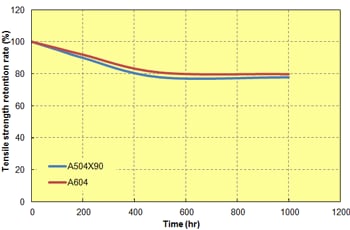 Fig. 8.1 Treatment with 10% sulfuric acid (80℃ treatment)
Fig. 8.1 Treatment with 10% sulfuric acid (80℃ treatment)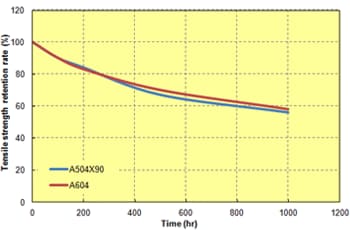 Fig. 8.2 Treatment with 10% nitric acid (80℃ treatment)
Fig. 8.2 Treatment with 10% nitric acid (80℃ treatment)
3 LLC Resistance
If TORELINA™ is immersed in long life coolant (LLC), the main component of which is ethylene glycol, its mechanical properties tend to be slightly adversely affected if the temperature is above the glass transition temperature. (Fig. 8.3) This differs depending on the PPS polymer structure, the reinforcement content, and other factors, but given that it reaches a state of equilibrium in a fixed period, it is thought that these decreases are not due to any deterioration but to the influence of the plasticizer-like effect caused by the absorption of liquid. For A504X90 and A310MX04, in particular, the initial decreases in strength are considerable at temperatures of 150℃ or above, so the tendency is for the LLC to diffuse into the specimen quickly. (Fig. 8.4) An elastomer improvement grade of TORELINA™, A673M, offers excellent LLC resistance, and is capable of retaining its high strength over a wide range of temperatures. It is thus suitable for liquid cooling parts in cars and so on. The LLC resistance evaluation in this technical document is based on 50 vol%, assuming use in cold areas of Japan.
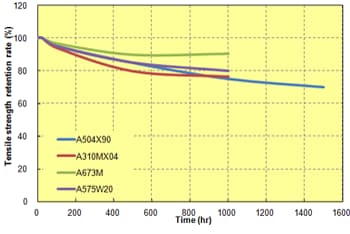 Fig. 8.3 50% LLC resistance (130℃ treatment)
Fig. 8.3 50% LLC resistance (130℃ treatment)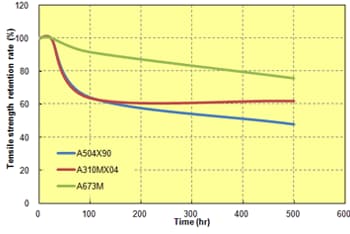 Fig. 8.4 50% LLC resistance (150℃ treatment)
Fig. 8.4 50% LLC resistance (150℃ treatment)
Comment) 50% LLC: Toyota genuine super LLC: water = 1:1
4 Oil Resistance
If immersed in automatic transmission fluid (ATF) at temperatures equal to the glass transition temperature or above, TORELINA™ does not exhibit a major change in weight, and only a small decrease in strength. Thus, it offers excellent oil resistance. In particular, the linear polymer type (A604) retains its mechanical properties better than the cross-linked polymer type (A504X90), and offers superior oil resistance. (Fig. 8.5)
If in contact not only with ATF but also with other commercially available, general-purpose oils (such as CVTF and engine oil) for an extended period and at high temperatures, TORELINA™ exhibits only small decreases in strength, and thus is highly resistant to these oils. (Fig. 8.6)
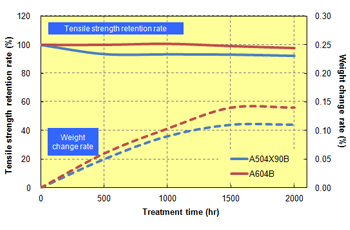 Fig. 8.5 ATF resistance (150℃ treatment, ISO type A1)
Fig. 8.5 ATF resistance (150℃ treatment, ISO type A1)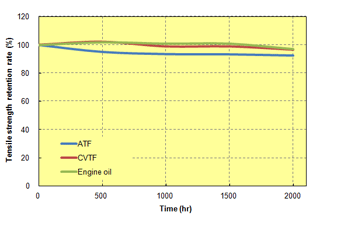 Fig. 8.6 Oil resistance of A504X90 (150℃ treatment)
Fig. 8.6 Oil resistance of A504X90 (150℃ treatment)
5 Fuel Resistance
TORELINA™ offers excellent fuel resistance. For reinforced PPS, there is hardly any degradation in the mechanical properties. (Fig. 8.7) The molecular structure of PPS features aromatic rings that are linked together, so it has a high affinity for the aromatic components of gasoline, light oil, and so on. Therefore, weight changes tend to be slightly greater than with oils. PPS has a particularly high affinity for the toluene found in gasoline alternatives (such as Fuel C), and this strongly influences the weight change. Such weight changes differ not only with the test fuel type and the test temperature but also with the polymer structure, the reinforcement content, and whether the PPS is improved with elastomers. (Fig. 8.8) High-filler grades, which use cross-linked polymer types, such as A310MX04, are suitable for applications subject to dimensional fluctuations due to fuel swelling.
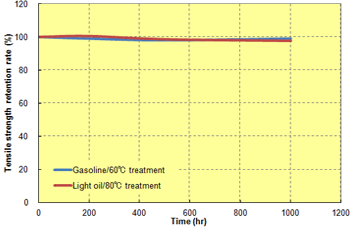 Fig. 8.7 Fuel resistance (A504X90, ASTM No. 1 dumbbell)
Fig. 8.7 Fuel resistance (A504X90, ASTM No. 1 dumbbell)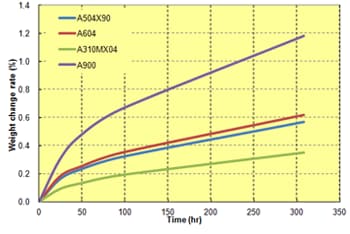 Fig. 8.8 Fuel resistance (80℃ treatment, Fuel C/15% methanol)
Fig. 8.8 Fuel resistance (80℃ treatment, Fuel C/15% methanol)
Comment) Fuel C: Isooctane:toluene = 50:50 (vol%)
6 Transmission of Gases
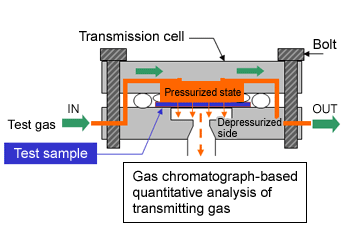 Fig. 8.9 Differential-pressure method (gas chromatography)
Fig. 8.9 Differential-pressure method (gas chromatography)
The gas transmission rate (GTR) is an index indicating the degree to which hydrogen and other gas molecules (or steam) are diffused and transmitted through a molded product. A material with a low gas transmission rate has excellent gas barrier properties, which means that it is airtight and can thus be used for containers and so on. Typical test methods for the gas transmission rate include the differential-pressure method (JIS K 7126-1), the equal-pressure method (JIS K 7126-2), and the dish method (JIS Z 0208). Fig. 8.9 is a schematic diagram of the differential-pressure method (gas chromatographic detection). With the differential-pressure method, a test sample is placed between the chambers of a transmission cell consisting of low- and high-pressure chambers, and test gas is introduced from the high-pressure chamber. The test gas, which is in the pressurized state, is gradually diffused and transmitted through the material toward the depressurized side. To calculate the GTR (units: g/m2・day), the amount of gas transmitted to the depressurized side is determined through quantitative analysis, using a pressure sensor and a gas chromatograph, and then the GTR is calculated from the transmission area of the test sample and the test time. The GTR may be divided by the thickness of the test sample, and expressed as a gas transmission coefficient.
The gas transmission rates (room temperature) of TORELINA™, as determined with the differential-pressure method, using a flat-plate TORELINA™ injection molded product (1 mm t), are listed in Table. 8.4. TORELINA™ is excellent in terms of its barrier properties relative to gases such as hydrogen, helium, carbon dioxide, and methane.
Table. 8.4 Transmission rates of TORELINA™ for gases (23℃)
| Gas type | Units | Unreinforced | Glass fiber reinforced | GF + filler reinforced | |
|---|---|---|---|---|---|
| A900 | A670T05 | A604 | A310MX04 | ||
| H2 | ×10-10cm3/cm2・s・cmHg | 1.5 | 1.6 | 0.6 | 0.5 |
| He | 1.3 | 1.5 | - | - | |
| CO2 | 1.9 | 2.2 | - | - | |
| CH4 | 1.0> (lower detection limit or less) |
1.0> (lower detection limit or less) |
- | - | |